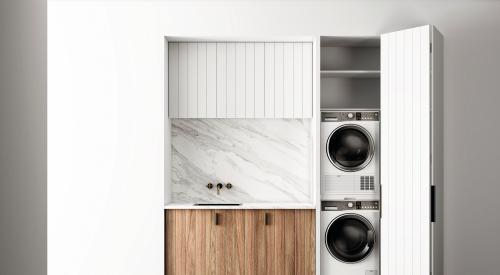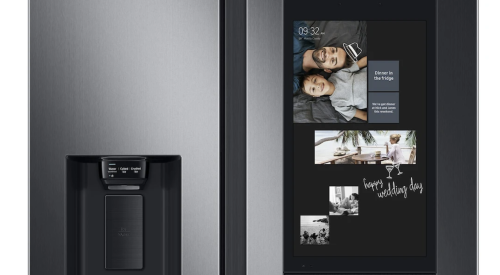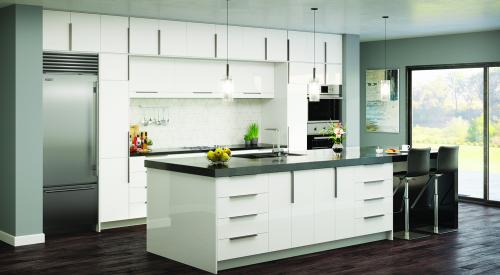A product protection and extended warranty company has crunched the numbers, and French door refrigerators are the most popular unit in the category but are also the most repair prone.
Safeware, which offers protection for dishwashers, refrigerators, washing machines, and more, says consumers are increasingly reporting failures of French door refrigerators well before the end of their expected life span.
French door refrigerators have side-by-side refrigerator doors on the top, with a pull-out freezer drawer on the bottom. “Most commonly, these units come with a built-in ice maker in the door and some offer additional features such as exterior produce drawers or additional organization options for the food being stored inside,” the company says. “However, the downside of owning this specific type of unit, though, is that they have many failure-prone components.”
Using Consumer Reports data as well as its own claims data, Safeware says French door units are more susceptible to damage than all other types of refrigerators. The company projects that half of all French door refrigerators will experience failure requiring repair or replacement within five years of purchase. “That failure rate is nearly 70 percent higher than a comparable side-by-side refrigerator and 200 percent higher than a conventional refrigerator,” the company says.
“During the shopping process, consumers should weigh the benefits of having added storage space and modernized design against the likelihood of their refrigerator requiring costly repair service,” says Bryan Schutjer, Safeware CEO. “French door refrigerators are increasingly popular, but these units are also significantly more expensive to repair than other common types of refrigerators.”
The average repair on a French door refrigerator is 26 percent more costly than the average repair for side-by-side units. Failures include malfunction of the crushed-ice maker, the bottom freezer not maintaining temperatures, or the icemaker leaking and making loud noises.
“A common reason for this type of failure is that the freezer, located on the bottom of the unit, must also operate in the top section to supply the ice,” the company says. “With more parts and an increased number of component connections, there is a significantly increased likelihood of failure.”













